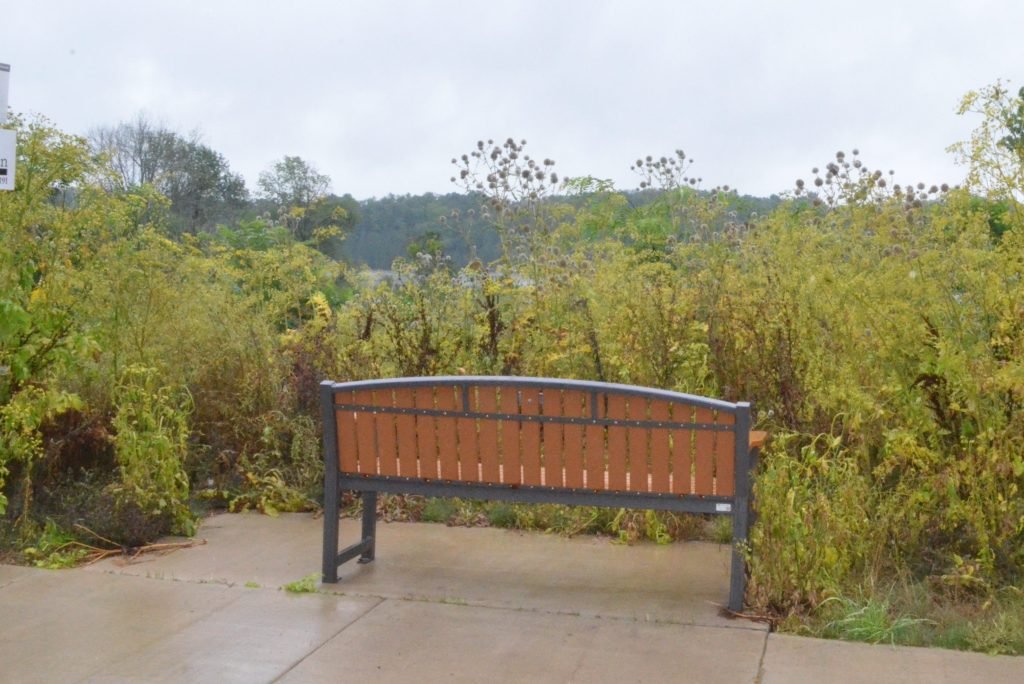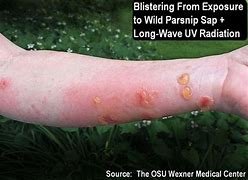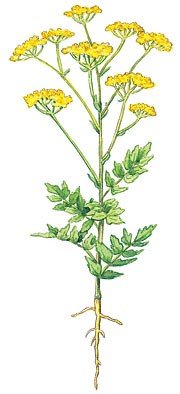Eliminating this invasive plant species is possible
Seven years of trial, error, study and blisters shared with you.

WHAT ARE WILD PARSNIPS?
Wild parsnips (aka “poison parsnips”) were brought to North America over a hundred years as a food crop. Unsurprisingly they taste like parsnips. Unlike traditional parsnips, they are a high yield crop; the tap root can be a meter/yard long at the end of season 1.
If they are not harvested (dug up) then they have a second season where they grow a tall, brittle, sap-filled stalk (up to approx. 2 meters), flower and go to seed. Seed formation can begin as early as late July and may be as late as early Sept. The seeds attract no birds. The shrunken tap root is also unpalatable.
In addition to the root being inedible, the leaves and stalk are useless as feed for both domestic and wild animals.
The flowers are not attractive to either domestic bumble bees or the farmed European honey bees. The flowers do attract the soldier beetle and some micro-wasps – little is known about these insects.
Farmers are cautioned to prevent their animals from eating the foliage.
Wild parsnips have a sap that contains chemicals called furanocoumarins which make skin more vulnerable to ultraviolet radiation. Brushing against or breaking the plant releases sap that, combined with sunlight, can cause a severe burn within a couple of hours. Most people “just” develop small-medium red blisters which itch, fill with fluid, and clear up in a few weeks. Some people have permanent skin darkening. There are reports of blindness where people got sap in their eyes.

WILD PARSNIP SPREAD
Municipalities don’t commonly control Wild Parsnips. If there is public pressure they will hire a licensed contractor to spray a poison like Roundup or Clearview (Glyphosate) in a limited area. Glyphosate will destroy all the soft-stalked vegetation – flowers, grasses, etc., but not damage woody plants. It stays active in the soil for up to two years. If poison is applied it must be done in May to have any meaningful success against wild parsnips.
Practices like occasional mowing are ineffective. The plant regrows using the energy stored in the tap root and re-emerges in a few days.
Repeated, close mowing throughout the summer can be effective – so homeowners may consider this method. Caution must be exercised because the cutting could send the sap into the air and could easily land on the person doing the mowing, any pets, or other people in the immediate area. Similarly, do not use a whipper-snipper.
Ironically, most of the parsnip spread along roadways, ditches and trails is done by municipalities and agencies during fall mowing.
Without human assistance wild parsnips spread slowly through seed dispersion by wind or water.
